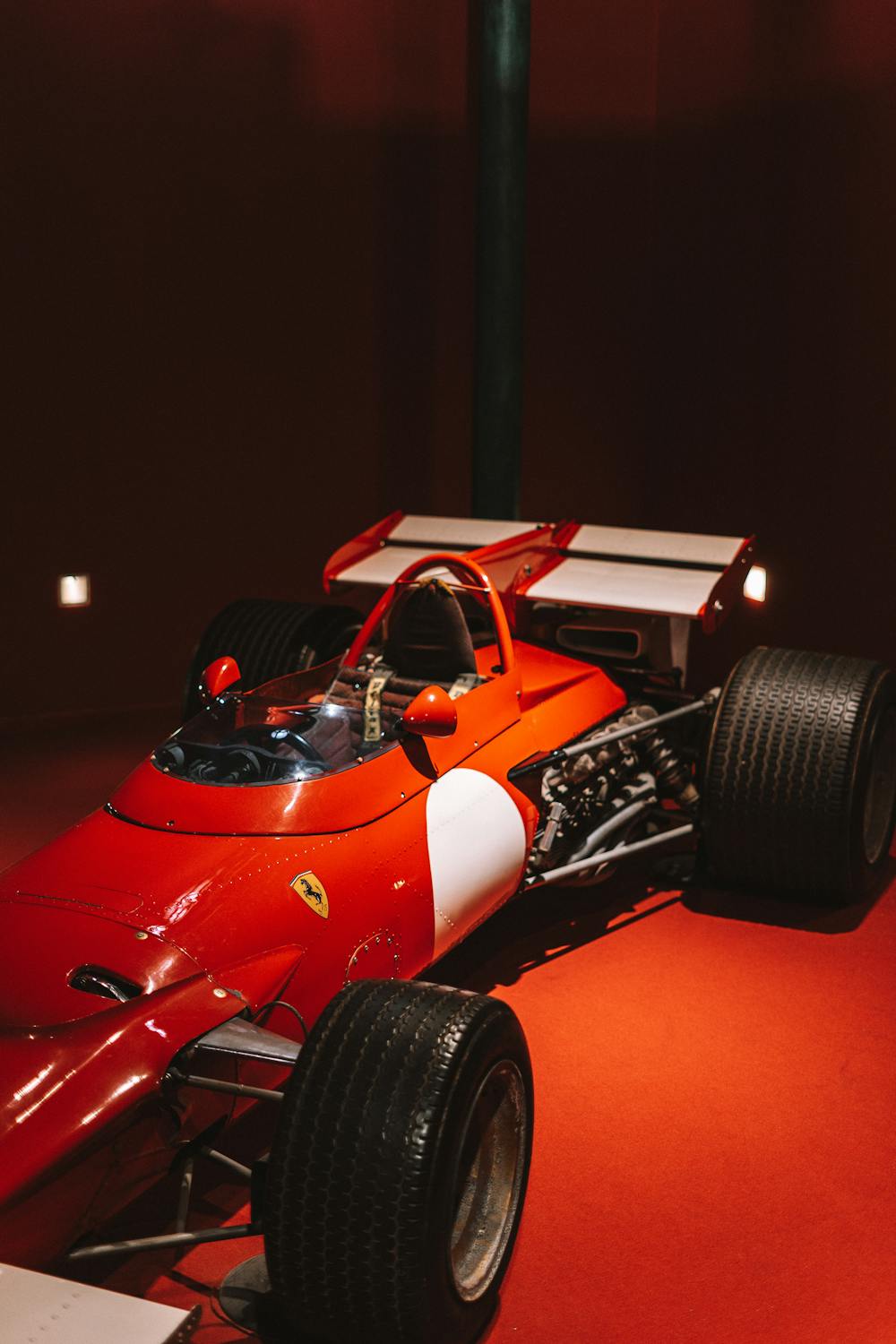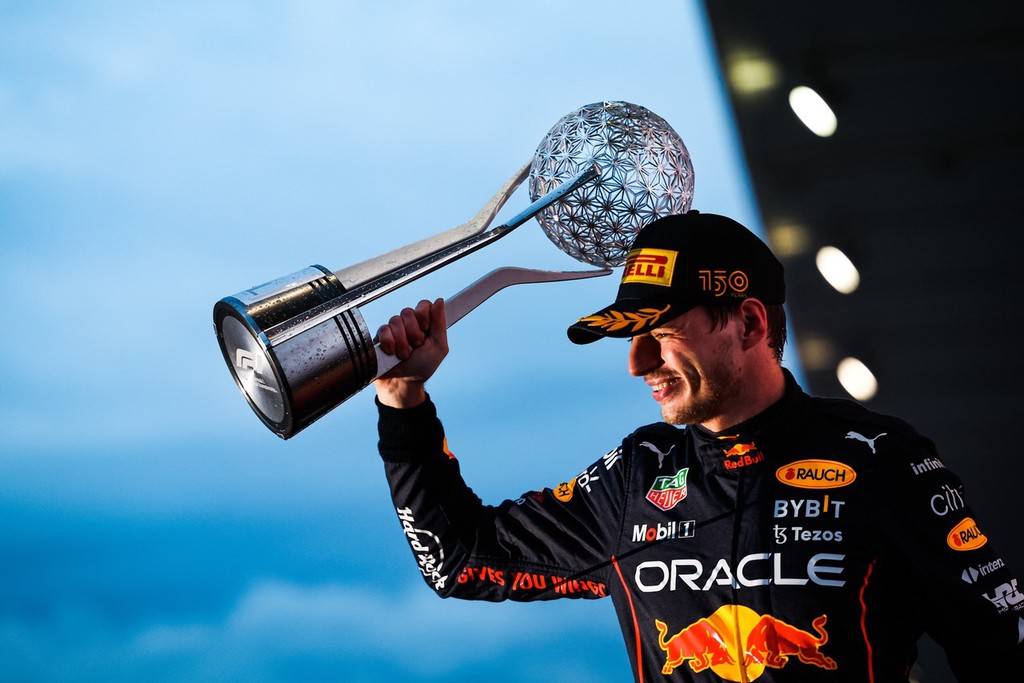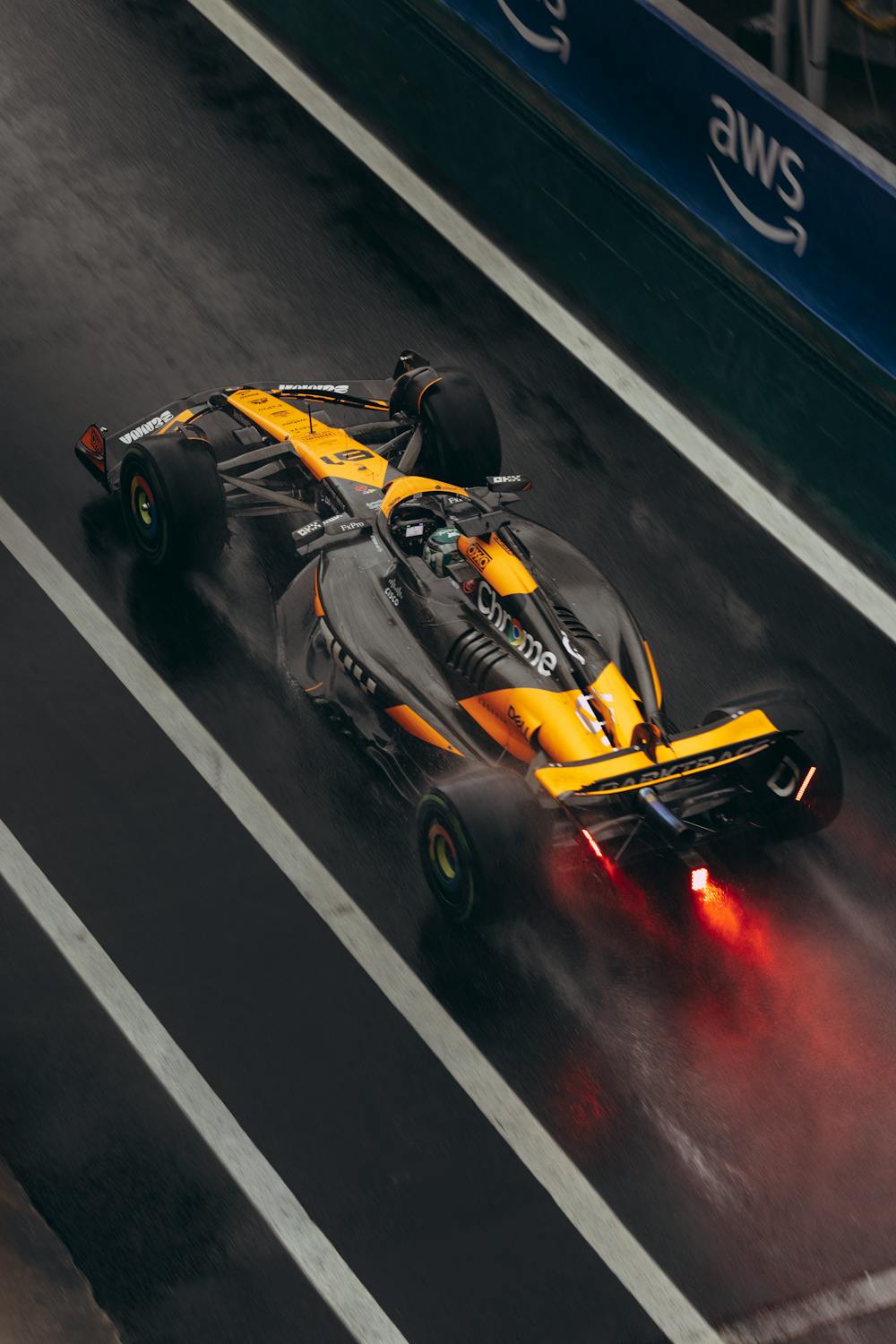Cars for champions
Dominant Cars in Formula 1 History
Formula 1 has seen numerous cars that have not only achieved remarkable success on
the track but have also influenced the evolution of racing technology and design. Throughout
the decades, certain cars have stood out for their dominance in specific seasons,
showcasing engineering brilliance and driving skill. This article explores some of the most
dominant cars in F1 history and their contributions to the sport.
Alfa Romeo 158 (1950)
The Alfa Romeo 158, known for its exceptional performance, debuted during the inaugural Formula
1 season in 1950. This front-engine car was characterized by its lightweight design and powerful
engine, making it a formidable competitor. Juan Manuel Fangio, one of the sport’s legends,
drove the 158 to victory in several races, ultimately securing the first F1 World Championship
for Alfa Romeo. The car’s success laid the groundwork for future racing innovations and
established Alfa Romeo as a force in motorsport.
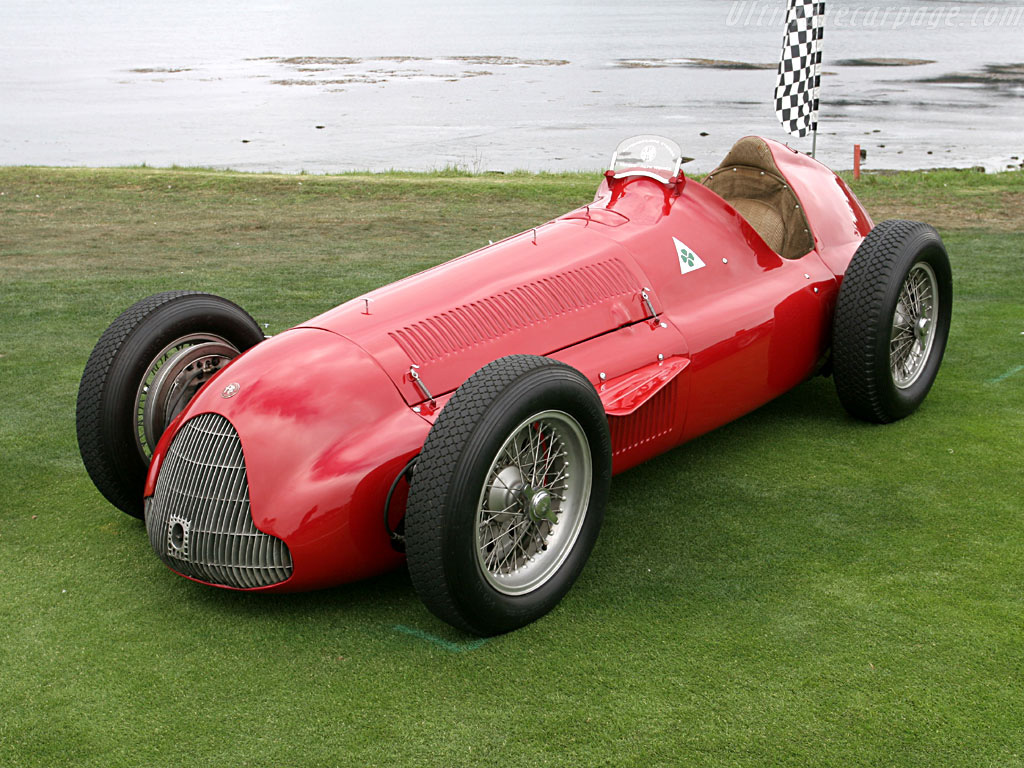
Ferrari 500 (1952-1953)
The Ferrari 500 dominated the early 1950s, winning consecutive championships in
1952 and 1953. Its design featured a 2.0-liter engine that offered both reliability and
performance. Alberto Ascari, driving the 500, achieved multiple victories, including
a remarkable streak of wins during the 1952 season. The car’s success not only reinforced
Ferrari’s reputation but also demonstrated the importance of engineering excellence in
F1. The Ferrari 500 became a symbol of Italian motorsport and remains an iconic figure in
F1 history.

Lotus 49 (1967)
The Lotus 49 marked a significant turning point in F1 car design with its innovative use
of a stressed engine as a structural element. Driven by Jim Clark, this car showcased
superior aerodynamics and handling capabilities. The introduction of the 49 allowed
Lotus to capitalize on advancements in engineering, leading to numerous victories
throughout the 1967 season. Its
success demonstrated the effectiveness of aerodynamics in racing, influencing subsequent
car designs and establishing Lotus as a leader in F1 innovation.

**McLaren MP4/4 (1988)
The McLaren MP4/4 is often regarded as one of the most dominant cars in F1 history.
Driven by Ayrton Senna and Alain Prost, the car achieved an unprecedented record of
winning all 15 races in the 1988 season. Its combination of a powerful Honda engine
and exceptional aerodynamics made it nearly unbeatable. The MP4/4’s success not only
solidified McLaren’s status in the sport but also exemplified the pinnacle of
engineering and teamwork in F1. This car remains a benchmark for dominance in
the sport.
Williams FW14B (1992)
In the 1992 season, the Williams FW14B showcased advanced technology, including active
suspension and a powerful Renault engine. Driven by Nigel Mansell, the FW14B secured the
Constructors’ Championship with a series of impressive victories. The car’s innovative
features improved handling and stability, allowing drivers to maintain high speeds through
corners. The FW14B’s success highlighted the importance of technology in F1 and set the
stage for future developments in car design and performance.
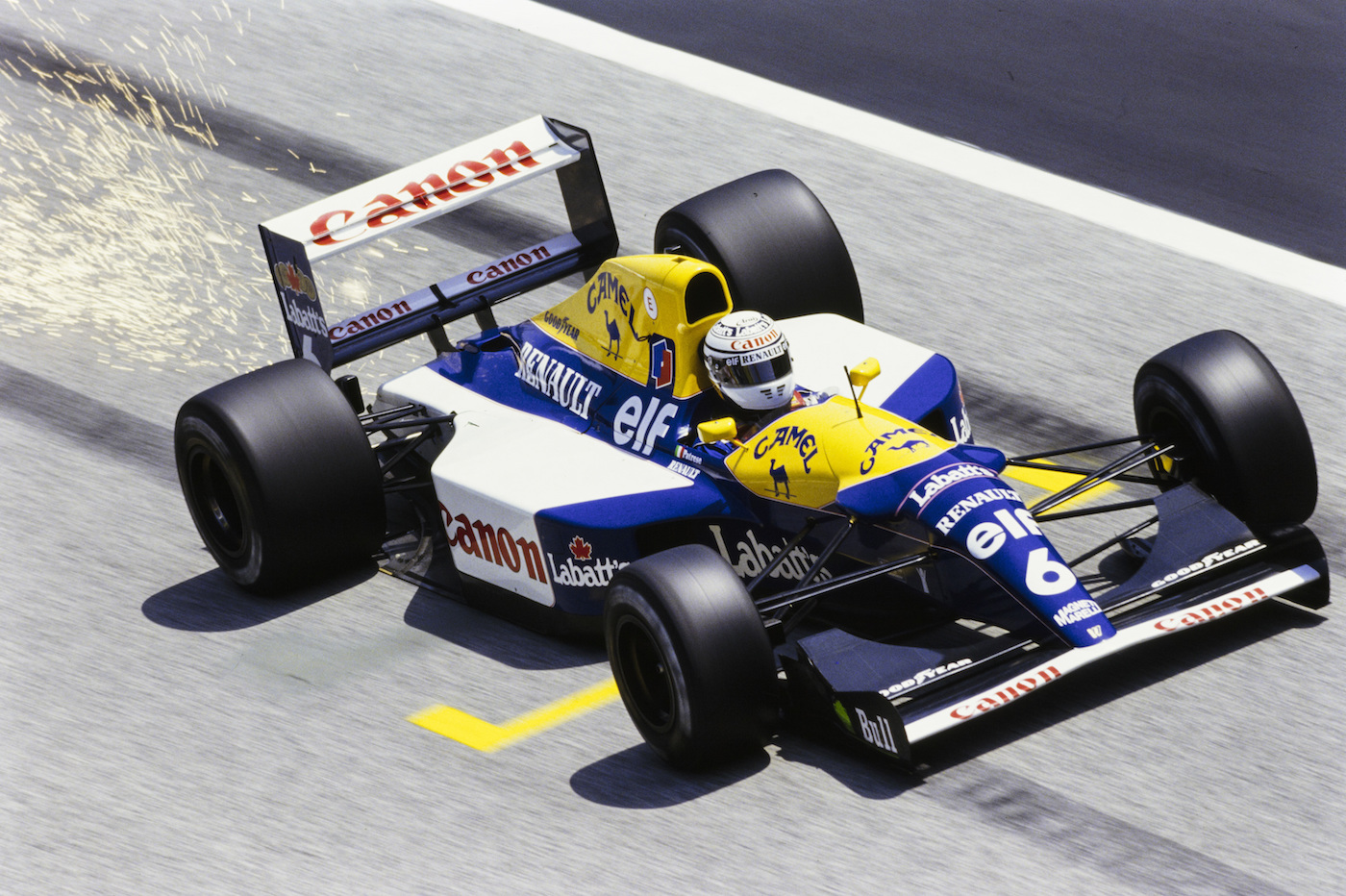
**Ferrari F2004 (2004)
The Ferrari F2004 is often cited as one of the most dominant cars in F1 history,
thanks to its remarkable balance of power and aerodynamics. Driven by Michael
Schumacher, the F2004 won 13 out of 15 races during the 2004 season. Its design included
a powerful V10 engine and sophisticated aerodynamics that contributed to its speed and
reliability. The car’s success solidified Ferrari’s legacy in F1 and demonstrated Schumacher’s
exceptional driving skills. The F2004 is remembered not only for its victories but also
for its role in shaping the modern era of Formula 1 racing.
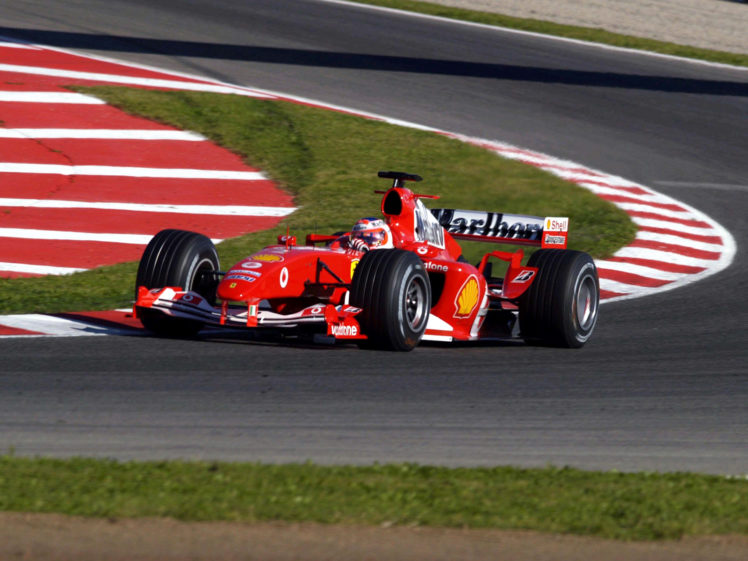
Red Bull RB7 (2011)
The Red Bull RB7, driven by Sebastian Vettel, dominated the 2011 season with a
combination of exceptional aerodynamics and a powerful engine. The car’s design
allowed for superior downforce, enabling it to corner at high speeds. Vettel’s skill
behind the wheel, coupled with the RB7’s engineering excellence, resulted in a
series of victories that secured both the Drivers’ and Constructors’ Championships
for Red Bull Racing. The RB7 is celebrated for its role in establishing Red Bull as a
powerhouse in F1 and for showcasing the effectiveness of innovative engineering solutions.
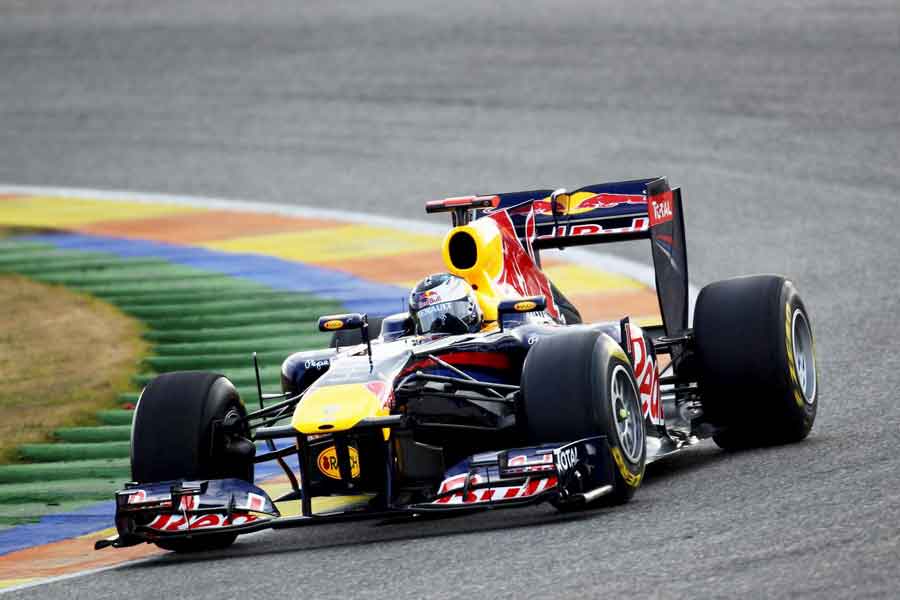
**Mercedes W11 (2020)
The Mercedes W11, driven by Lewis Hamilton and Valtteri Bottas, is a recent example of
a dominant F1 car. In the 2020 season, the W11 won 11 out of 17 races, showcasing a
combination of powerful performance and innovative technology. One of its standout
features was the “DAS” (Dual Axis Steering) system, which allowed drivers to adjust
the front wheel alignment during a race to optimize tire temperature. This innovation,
along with the car’s overall design, contributed to Mercedes’ continued success
in the hybrid era. The W11 not only reinforced Mercedes’ dominance but also emphasized
the importance of technology in modern F1.
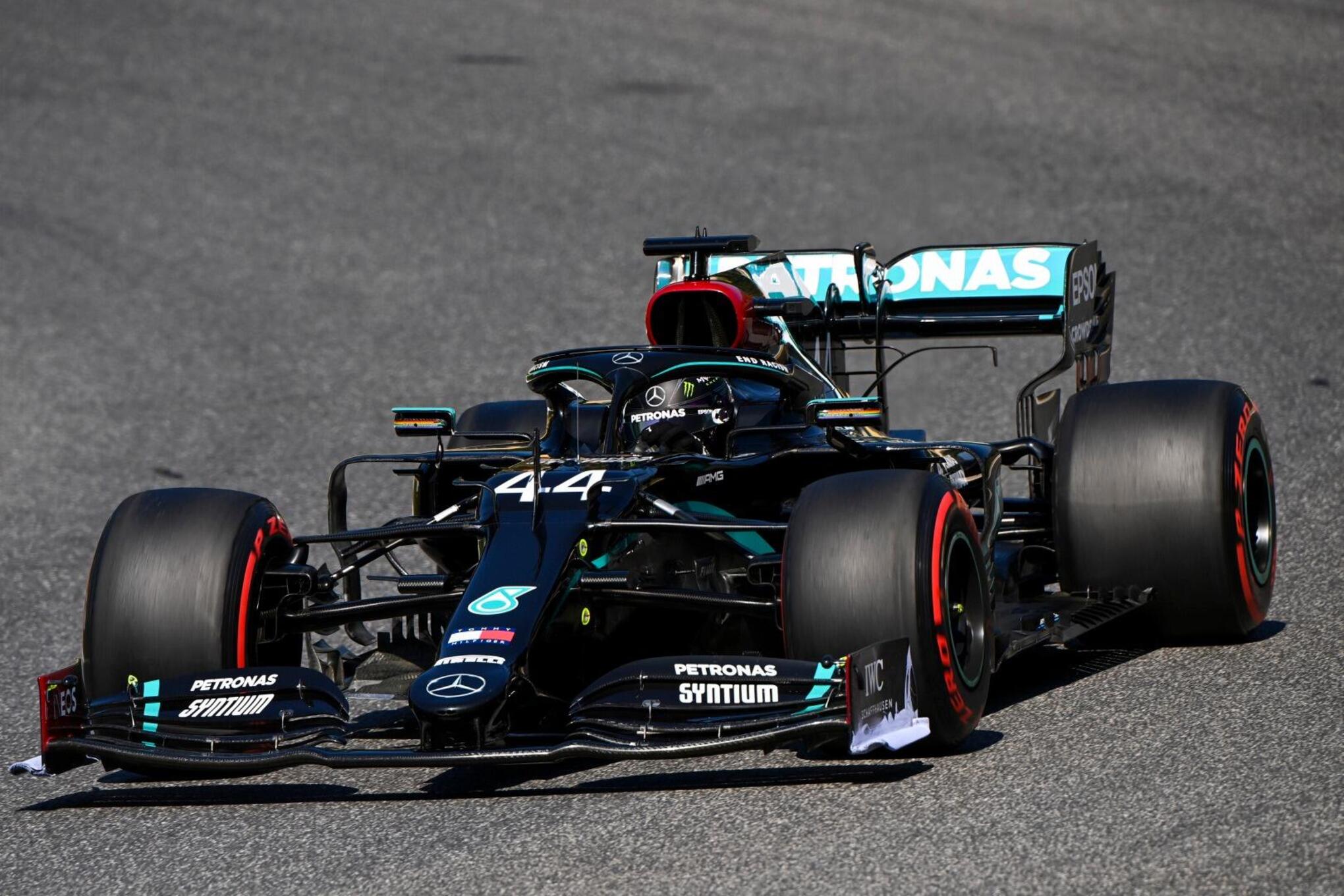
Conclusion
The evolution of Formula 1 has been shaped by numerous cars that have defined eras
and set benchmarks for excellence. From the Alfa Romeo 158 to the Mercedes W11, each of
these dominant cars has contributed to the sport’s rich history and technological
advancement. These vehicles not only achieved remarkable success on the track but also
inspired future generations of engineers and drivers. As F1 continues to evolve, the
legacy of these dominant cars serves as a reminder of the relentless pursuit of speed,
innovation, and excellence in motorsport.
